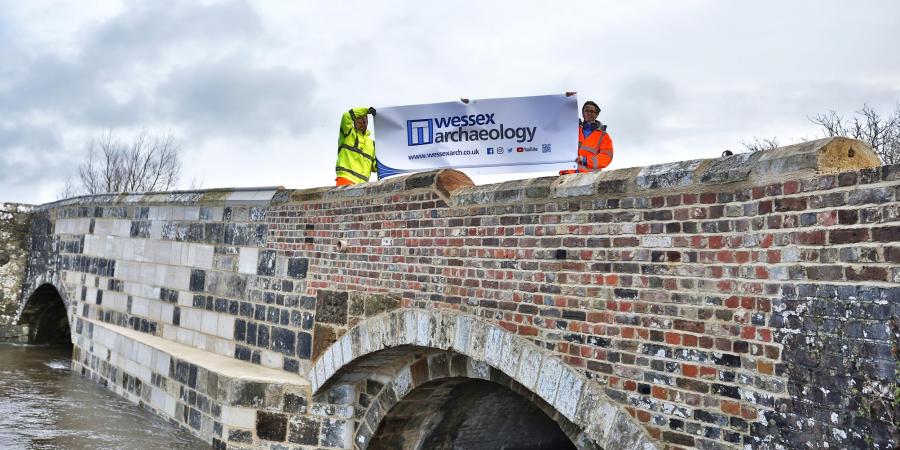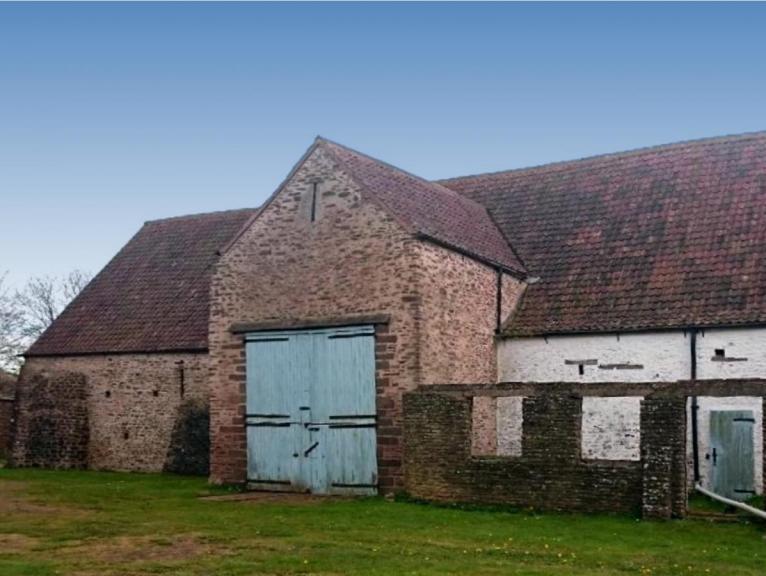The Heritage team were commissioned by Dorset County Council’s Highways Department to carry out recording and archaeological works at Wool Old Bridge, a stone bridge of five arches which crosses the River Frome in Wool, Purbeck. Following scouring by the river over many years, the western side of the bridge at the southern end partially collapsed in January 2018.
The ‘Thomas Hardy bridge’
The picturesque Grade II* listed bridge features in Thomas Hardy’s novel Tess of the D’Urbervilles and is linked with the adjacent Woolbridge Manor, a Grade II listed building, which also features in the novel.
Documentary research found that a bridge is recorded to have crossed the river in this location in 1343, although the place name ‘Wullebrigg’ is first mentioned in 1244 and the bridge may have been constructed by the nearby Bindon Abbey sometime after its foundation in 1172.
Described by Historic England as the ‘best-preserved Elizabethan bridge in Dorset’, a close examination of Wool Bridge by Senior Heritage Consultant, Bob Davis, found that it appears to have undergone several phases of development during the 18th, 19th and 20th centuries, including strengthening and widening, and appears to have been repaired on several occasions. It was lengthened in the later 19th century, with an additional arch added at the southern end.
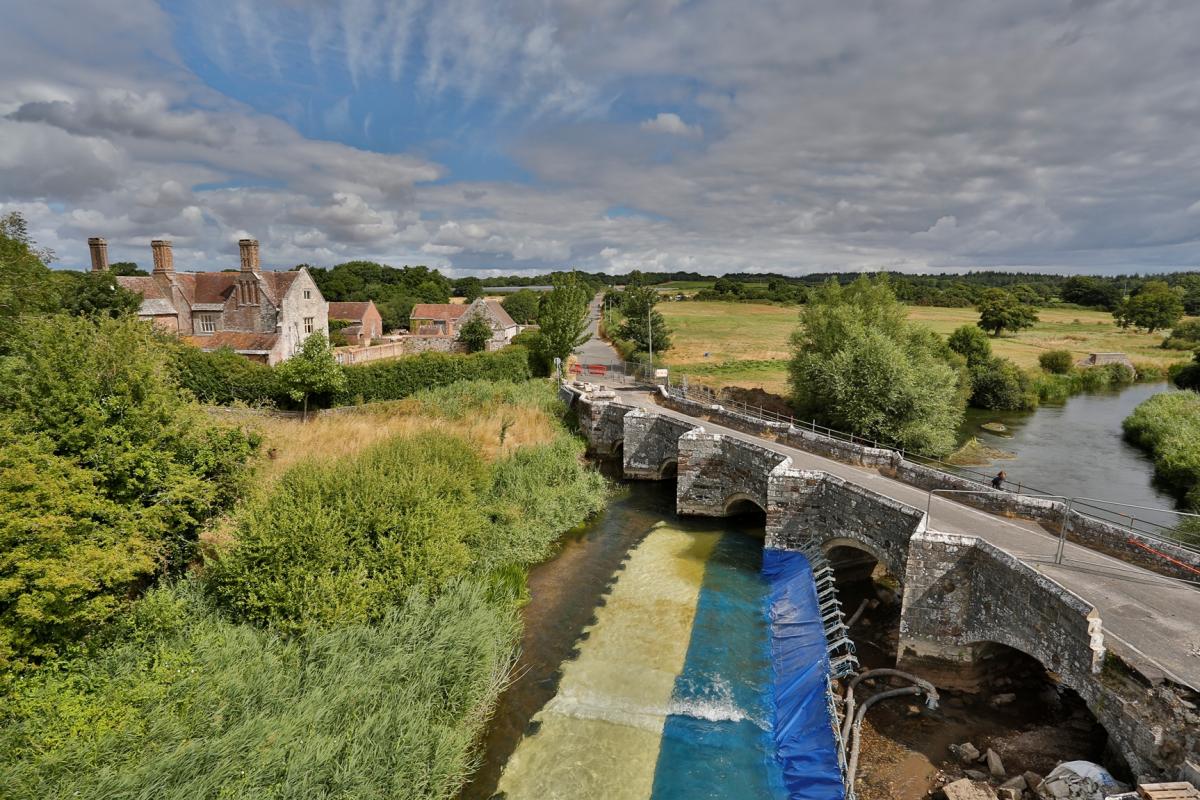
Military secrecy
Wool Bridge is situated close to the British Army base of Bovington Camp and would have witnessed the first tanks in 1916 which had to cross the bridge after their arrival at Wool station some 300m to the south.
Due to initial secrecy, extreme precautions accompanied the arrival of each new tank, with reports of the time indicating that all civilian traffic was stopped, and the inhabitants of Woolbridge Manor and the neighbouring farms and cottages were made to pull their blinds and keep to their back rooms.
Military police on motorcycles preceded the tank on its journey from the station to the camp and any civilian encountered was made to stand in a field with their back to the road until the ‘secret weapon’ had passed by!
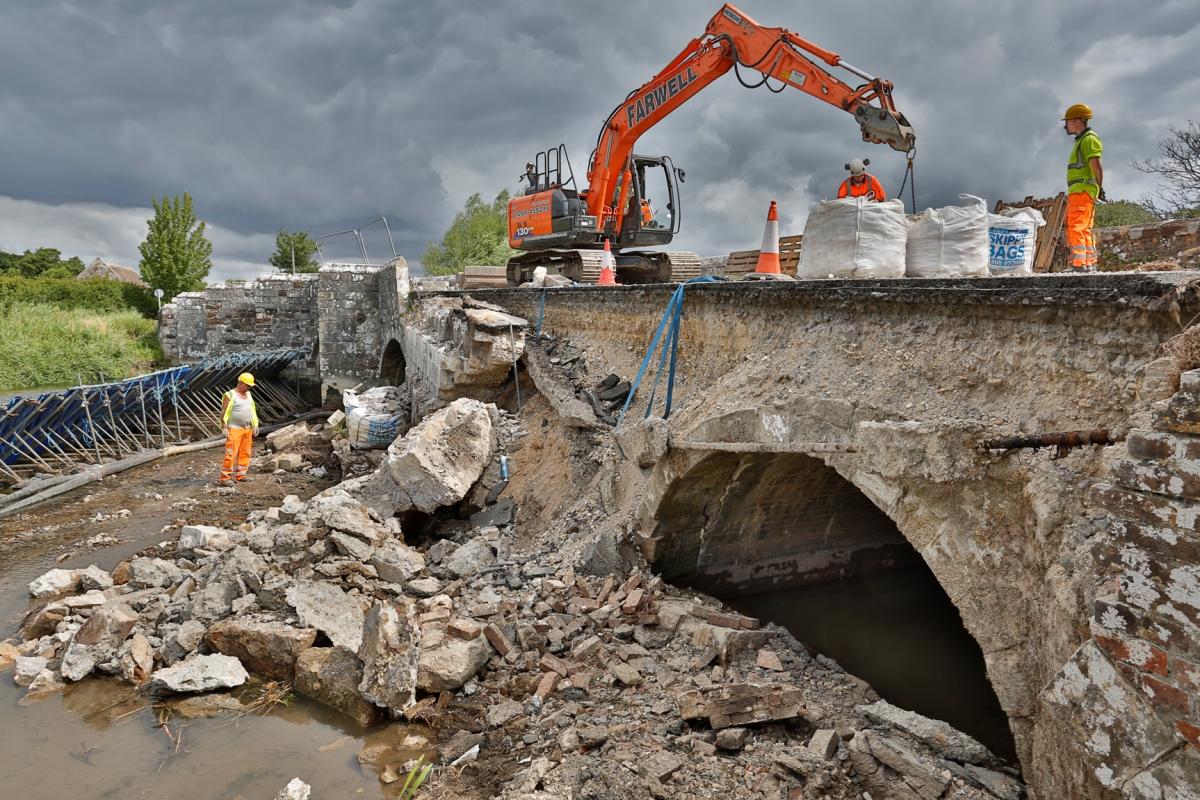
Damage and re-structuring
Perhaps unsurprisingly, regular crossing by 25−30 tonne tanks led to damage in 1917 and 1918. A photograph of the time shows that the crew of one Mark V tank named ‘Dee’ had a lucky escape after crashing through the parapet and ending up on the bank. In order to prevent a similar scenario, the parapets were entirely removed during the Second World War and only reconstructed in the early 1960s.
Following a programme of emergency recording by Historic England in January 2018, members of Wessex Archaeology’s Heritage team Johanna Greaves, Grace Flood and Bob Davis carried out a desk-based assessment, Level 4 building recording and an archaeological watching brief to document the structure and monitor the repair and consolidation works, which will ensure that this iconic, although much altered, historic bridge is restored to its former glory.
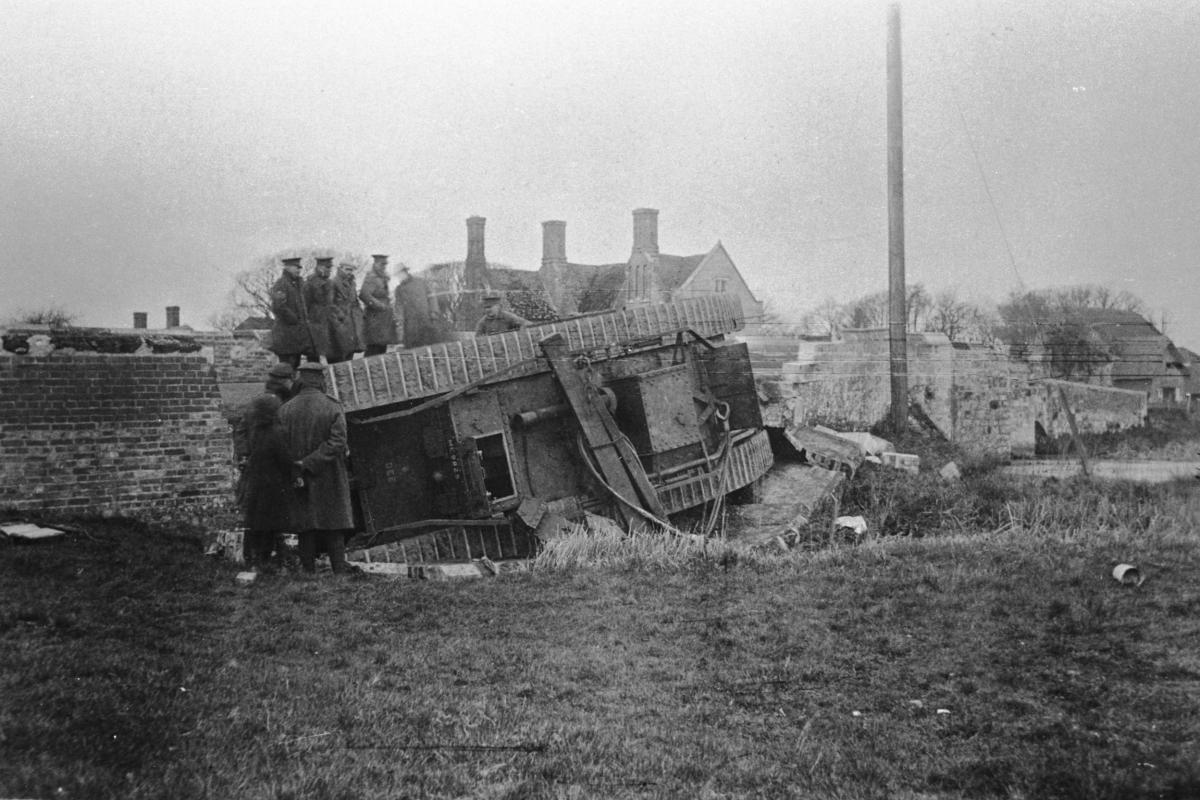
Image Courtesy of Bovington Tank Museum ref: 1557/A
Jack Wiltshire, Dorset Highways contracts manager, said: “We’re incredibly proud of the work we have carried out on Wool bridge.
“Working with professionals from Wessex Archaeology has helped ensure that the appearance of this this much-loved, historic bridge has been restored, and is in-keeping with the Grade II Listed Structure."
